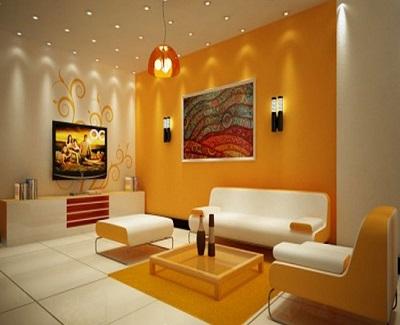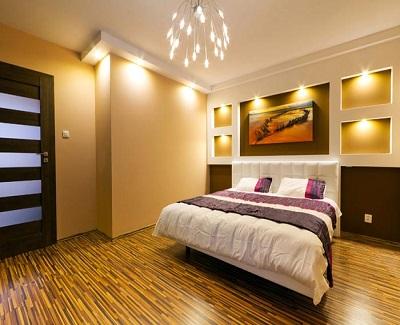In an average household, lighting amounts to 18% of the total electricity bills. With the lighting technology of yesteryear, energy bills would have amounted to unaffordable numbers. However thanks to LED (Light emitting diode) lighting technology, we have a solution to the ongoing energy crisis and the rising price of each power unit we consume. LED technology is quite different from the lights we had grown up with. They are solid state electronic devices that allow the passage of electricity in a single direction and producing light in the process. LED lights meant for domestic purposes contain several such LED elements that collectively allow a brightness that can be compared to traditional tungsten, halogen and fluorescent bulbs.
LED bulbs are highly energy efficient and can save up to 90% of power that would have been taken up by incandescent alternatives. This results in dramatic decrease in power costs. Also, LEDs bulbs are long lasting (one bulb can go beyond a lifetime of usage) and require minimum maintenance. This again cuts back the money you would have spent in replacement and maintenance of incandescent or fluorescent alternatives of yesterday.

Photo: ccdesigntech.com
The life cycle of an average Led bulb is over 100,000 hours. This would amount to 11 years of continuous lighting or 22 years if you are using light only during the night. Doing the mathematics, it sound amazing that a single bulb, if operated for 8 hours daily, can last 20 year without need for any repair or replacement.
Other benefits
-
Safety
As opposed to incandescent and tungsten bulbs, LEDs don’t heat up. You may even comfortably touch a LED bulb while it’s operational and not risk a burn. Technically, LEDs would be producing 3.4 btu’s every hour (element responsible for bulb heat) while incandescent bulbs would have generated 85 btu’s in that span. This has been the reason that vehicle manufacturers are fast shifting to LED lighting technology.

Photo: homeposh.com
-
Non-toxic
The conventional fluorescent bulbs were made up of a multitude of toxic chemicals and metals like mercury. They didn’t just posed threat from a burst but were also dangerous to be disposed off. LEDs on the other hand contain no such chemical and are completely safe for the environment. LEDs are 100% recyclable, making them a perfect solution to the threat of pollution and increasing carbon footprint.
-
Compatible with low voltage
Light has been considered to be an important part of human civilization. With LED, lighting can be distributed in localities that are more or less disconnected from proper lines of civilization. A low voltage power supply is enough to light up an LED bulb and this makes it advantageous for the rural population. Also, if you are arranging an outdoor setting at night, LEDs can even be operated fully using low power supply like solar cells.

Photo: readysolarandled.com
One LED bulb is equal to a minimum 25 incandescent bulbs. Indeed, the initial investment with LED is a bit on the higher side, but going through the advantages, there is conclusive reason to shift to LED technology. The world needs more of energy efficient solutions to sustain itself and LED has been a path breaking discovery. Countries like Dubai and Nigeria are already transitioning to LED legislations and several more are to follow suit.
====================
Article created by Ryan Clark, Marketing Manager at Auto LED Shop
====================
